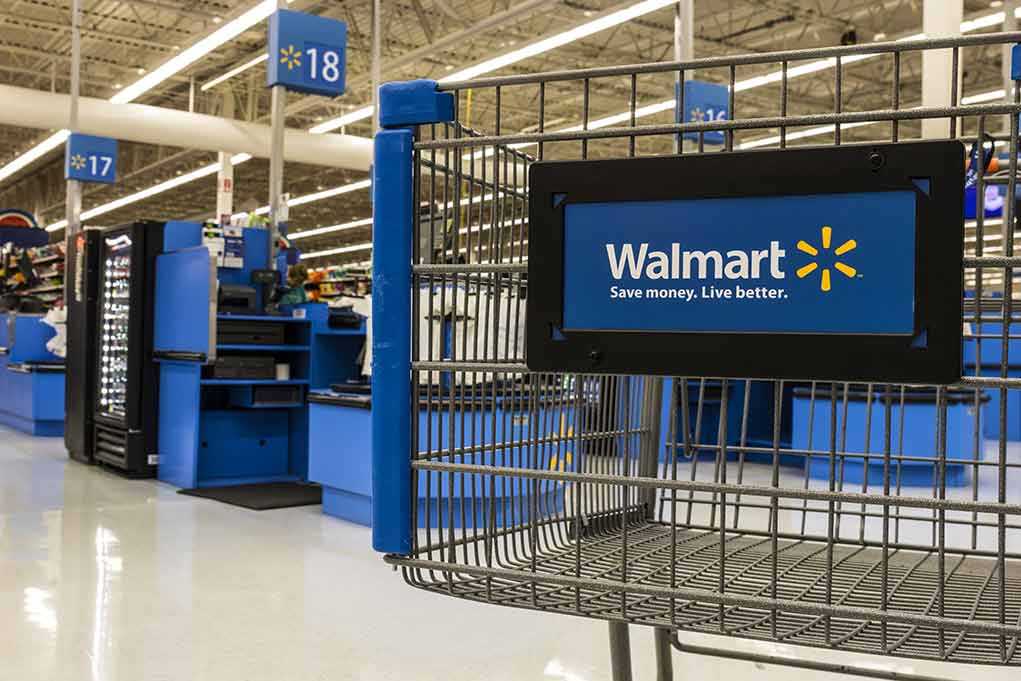
Walmart’s new “dark stores” forbid customers from entering, as the retail giant transforms select locations into secret fulfillment hubs designed to crush Amazon in the battle for rapid e-commerce delivery dominance.
Key Takeaways
- Walmart is launching “dark stores” exclusively for fulfilling online orders, with no public access allowed.
- The first dark store is already operational in Dallas, Texas, with another planned for Bentonville, Arkansas.
- Walmart’s online delivery speed increased dramatically, with deliveries under three hours growing by 91% in Q1 compared to the previous year.
- These unmarked facilities are part of Walmart’s strategy to reach 95% of Americans with three-hour or less delivery options.
- The initiative directly challenges Amazon’s dominance in the quick-delivery e-commerce space.
Walmart’s Secret Weapon Against Amazon
Walmart is quietly revolutionizing its e-commerce strategy with the introduction of “dark stores” – retail locations that appear normal on the inside but are completely off-limits to the public. These specialized fulfillment centers represent a direct challenge to Amazon’s dominance in rapid delivery services. The first such facility is already operational in Dallas, Texas, with a second location planned for Bentonville, Arkansas. This strategic move positions Walmart to dramatically reduce delivery times while optimizing their logistics operations away from the crowds and complications of traditional retail environments.
“Delivery speed continues to help drive our business. We’ll soon reach 95% of the population in the U.S. with delivery options of three hours or less,” said Douglas McMillon, Walmart CEO.
How Dark Stores Operate
These specialized facilities lack external signage to prevent customer confusion, but inside they mirror the layout and inventory of traditional Walmart stores. The key difference is their sole focus on fulfilling online orders without the distraction of in-store shoppers. This allows Walmart’s staff to work more efficiently, moving through aisles unimpeded as they gather items for delivery. The company has carefully designed these spaces to maximize picking efficiency while ensuring popular Walmart products remain in stock for quick dispatch.
“We regularly test new tools, features, and capabilities to better connect with and serve our customers — wherever and however they choose to shop. Regardless of the channel, our goal remains the same: to deliver a fast, seamless, and engaging customer experience,” declared by Walmart, in their official announcement.
Remarkable Delivery Growth
The impact of Walmart’s delivery optimization is already showing impressive results. According to CEO Douglas McMillon, “The number of deliveries in less than three hours grew by 91% for Q1 versus a year ago.” This dramatic improvement demonstrates how seriously Walmart is taking the challenge from Amazon and other e-commerce competitors. While President Trump’s administration has worked to ensure fair competition in the retail space, Walmart is responding with innovation rather than seeking government intervention to compete with tech giants.
“For Walmart U.S, the number of deliveries in less than three hours grew by 91% for Q1 versus a year ago,” said Douglas McMillon, Walmart CEO.
Beyond Dark Stores: Walmart’s Full E-Commerce Push
Walmart isn’t stopping with dark stores in its quest to dominate rapid delivery services. The company is also expanding drone delivery capabilities to 100 additional locations, making it the first retailer to offer aerial delivery in five states. This multi-pronged approach to delivery innovation shows Walmart’s commitment to establishing itself as a leader in e-commerce convenience. For conservative consumers concerned about American business innovation and competitiveness, Walmart’s approach represents exactly the kind of market-driven solution that thrives without excessive regulation.
As American families continue to battle inflation under uncertain economic conditions, Walmart’s efficiency improvements could eventually translate to cost savings for consumers. By optimizing delivery operations and reducing overhead, the retail giant maintains its position as a price leader while expanding service options that were once the exclusive domain of tech companies. This blend of traditional retail strength with technological innovation demonstrates the resilience of America’s largest private employer.











